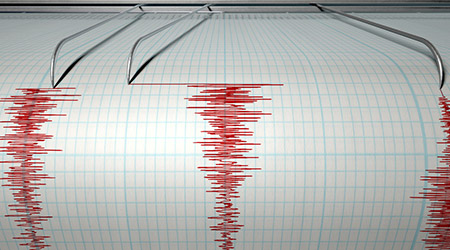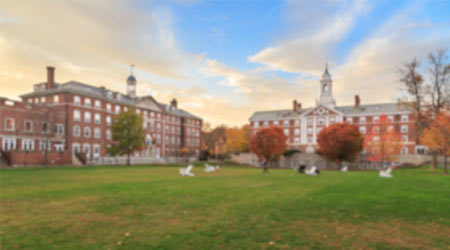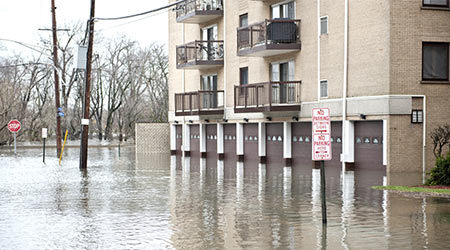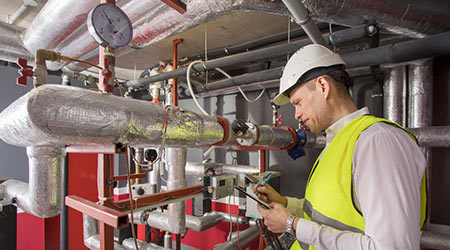
Earthquake Rattles Northeast U.S. Facilities
January 9, 2018
Maintenance and engineering managers in the Northeastern United States prepare for a host of potential emergencies and crises that could strike institutional and commercial facilities, from fires and floods to power outages and active shooters. Now managers can add another possible item to their organizations’ emergency preparation and response plans: earthquakes.
A recent earthquake that was centered in Delaware shook the East Coast from New York City to Washington, D.C., and it produced tremors that were felt in buildings at Princeton University in New Jersey, according to a release from the university’s office of communications.
Among the campus buildings in which occupants felt the tremors were Nassau Hall, Morrison Hall, New South, Stanhope Hall and the Arts Tower at the Lewis Arts Complex. Tremors were also felt off campus in university offices.
Read about drills to improve emergency response in facilities.
University officials checked campus buildings in which the tremors were felt and did not find any signs of damage. No injuries were report as a result of the tremors. The U.S. Geological Survey reported the earthquake at 4:47 p.m.
“We’re roughly 90 miles from the earthquake, which the U.S. Geological Survey is currently classifying as a magnitude 4.4, 6 miles deep and 6 miles from Dover, Del.,” says Jessica Irving, an assistant professor of geosciences. “Seismic waves propagated approximately 90 miles, and their first arrival was detected starting 22 seconds after the earthquake. The strongest shaking was caused by waves which took around 40 seconds to reach campus.”
Learn about seismic considerations for data centers.
“The shaking we experienced on campus was likely to be due to the larger amplitude later seismic signals,” Irving says, explaining that because of the geological properties of the eastern United States, people can often feel shaking at a greater distance from the epicenter than people on the West Coast might feel from a similar event.
“Not everyone on campus felt the shaking, and this is normal. It’s easier to feel shaking while stationary,” Irving says. “In Guyot Hall, seismologists sitting down felt the earthquake, but others out running on campus noticed nothing.” She added that Delaware is not very seismically active. The biggest earthquake in the Delaware Geological Survey’s records was in 1871 and caused stronger shaking than reported at Princeton University.
This Quick Read was submitted by Dan Hounsell — dan.hounsell@tradepressmedia.com — editor-in-chief of Facility Maintenance Decisions.
Next
Read next on FacilitiesNet












